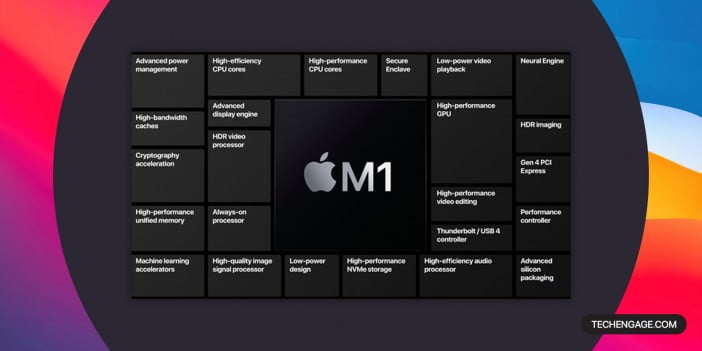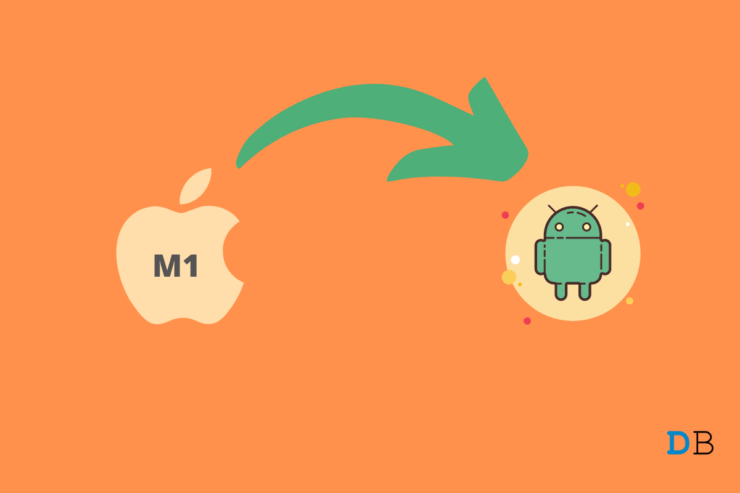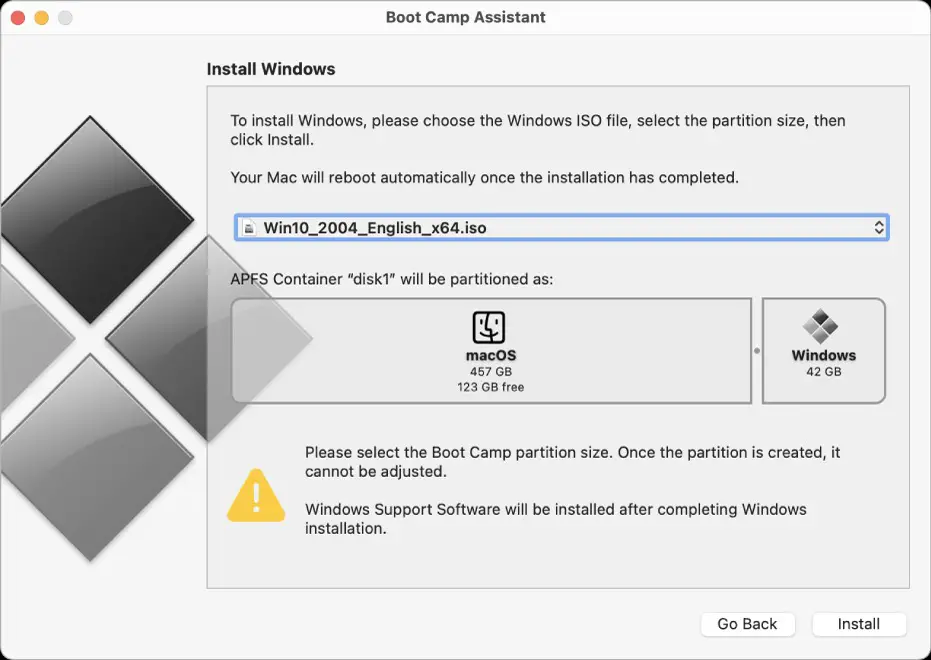
Parallels is a popular virtualization software application for macOS. Method 1: Use Parallels Virtualization Software Now that you know which options are available and are familiar with their pros and cons, let’s go through each of them step by step. Still, a lot more work needs to be done before booting Linux natively on M1-based Macs becomes a viable way to get things done. Apple made it possible to do just that with the release of macOS 11.2 beta 2, and open-source software developers have since then made quite a bit of progress toward the goal of porting Linux to Apple silicon Macs.


Virtualization: Using software, virtualization creates an abstraction layer over physical hardware.

Instead, you have the following three main options: Unfortunately, you can’t use Rosetta to run your favorite Linux distributions alongside macOS. Using this translator, it’s possible to run apps that were developed for Intel-based Macs on M1-based Macs without any extra work. Basically, they speak a different language, which is why Apple developed a dynamic binary translator called Rosetta. M1-based Macs use a different instruction set (ARM) than their Intel-based siblings (x86-64). What Are My Options for Running Linux on M1 Macs? There’s just one major problem with them: they don’t exactly make it easy to run Linux.įortunately, running Linux on an M1-based Mac isn’t impossible either, and we explain how to do just that in this article.

Thanks to their ARM architecture, M1-based Macs are extremely power-efficient and offer better performance than many comparable PCs. Apple is on a roll with its current lineup of M1-based Macs, which now includes the compact Mac mini, the stylish iMac, the silent MacBook Air, and the beastly MacBook Pro.


 0 kommentar(er)
0 kommentar(er)
